Decorative foam cornices (also known as foam exterior cornices) are stone or wood-like architectural features used to beautify and protect buildings’ exteriors. They have recently become very popular in construction due to their durability, low cost, and relatively easy installation process. As such, these unique decorative elements provide homeowners with more options for customizing the appearance of their homes.
Understanding the basics of this type of decorative element is essential for home designers and contractors who wish to include them in a construction project. This article will cover all the key information related to the production of decorative foam exterior cornices and their use in building design and architectural moldings. We’ll also discuss some tips to consider when buying these types of molding materials.
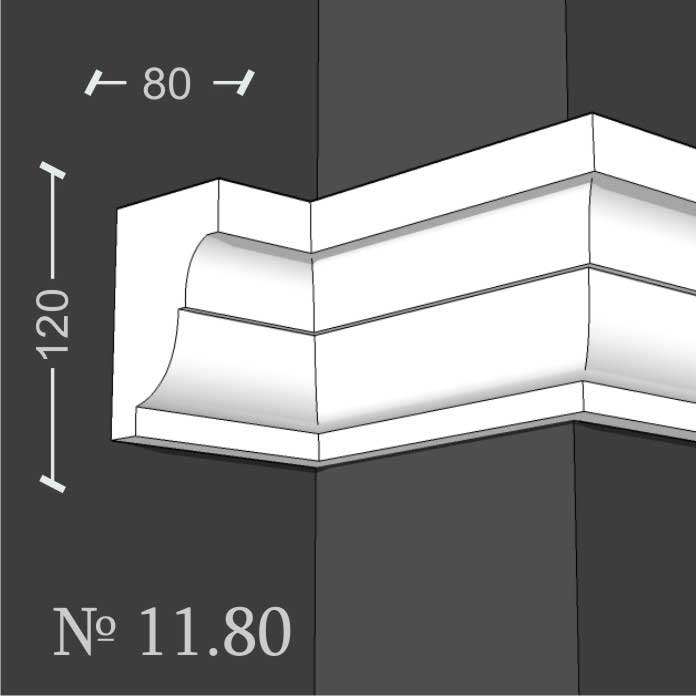
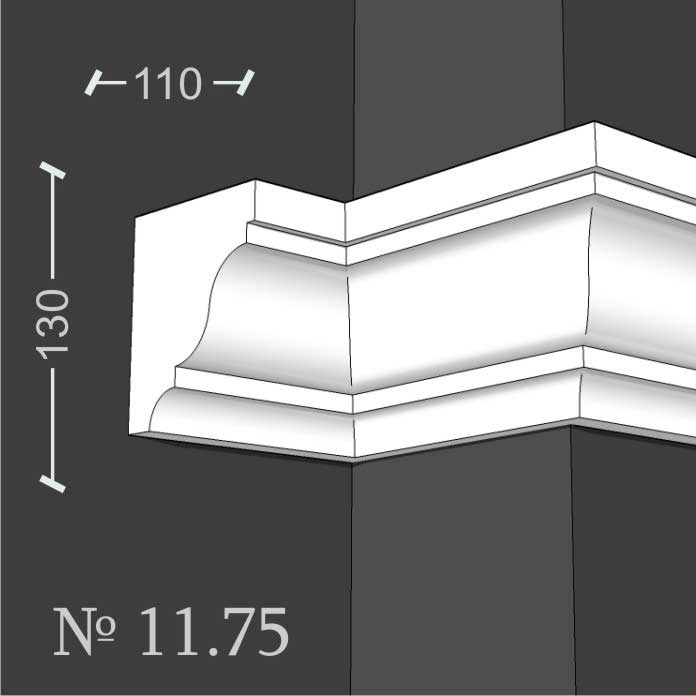













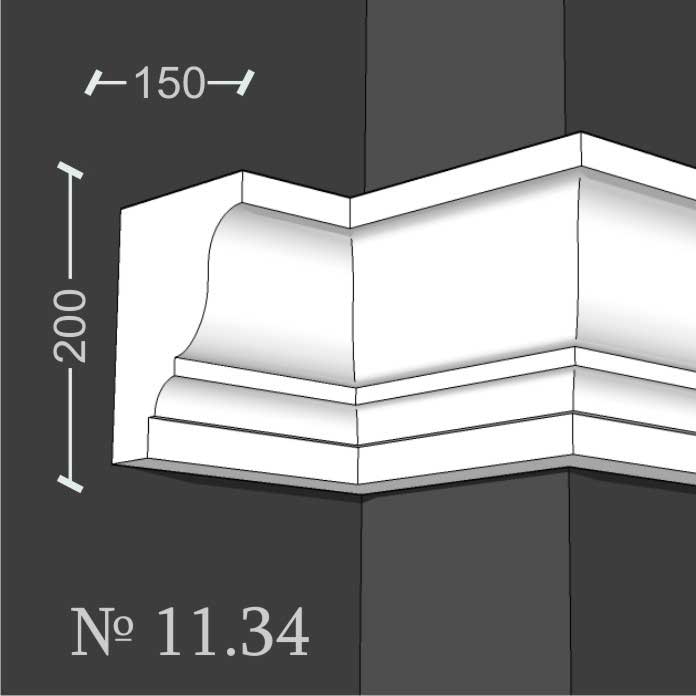










































































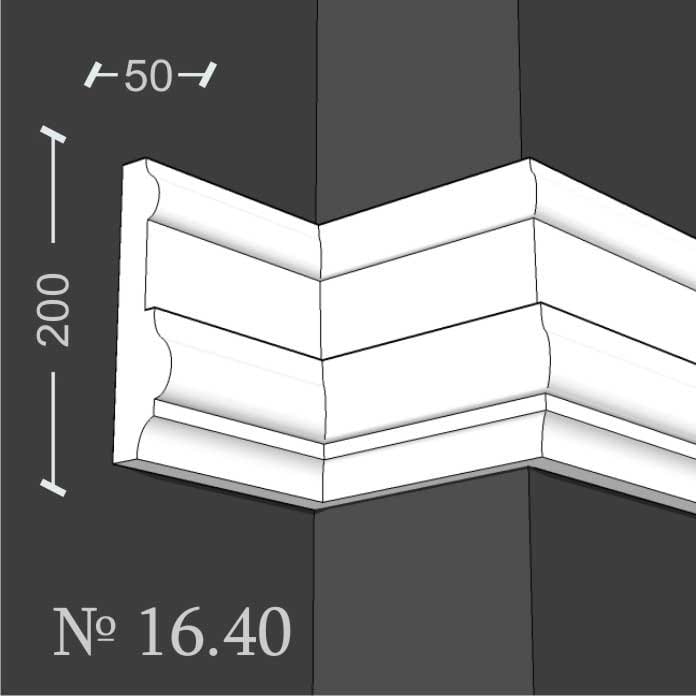

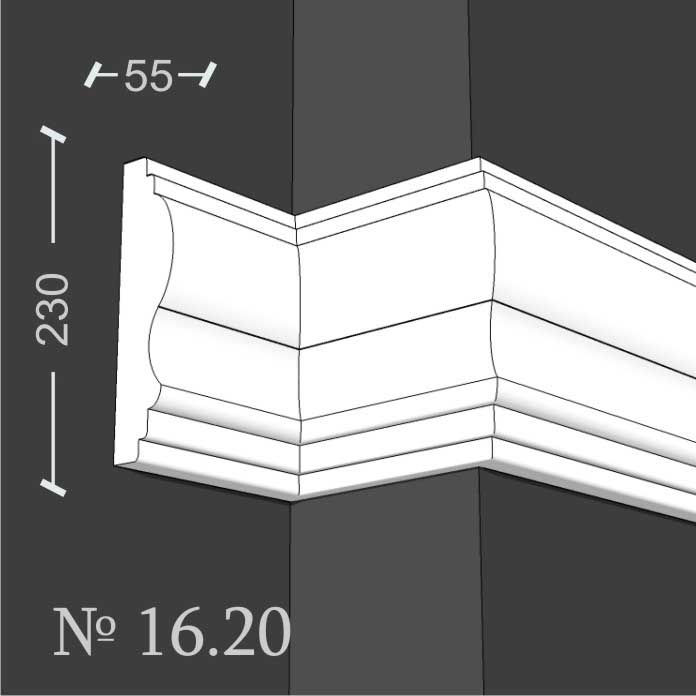












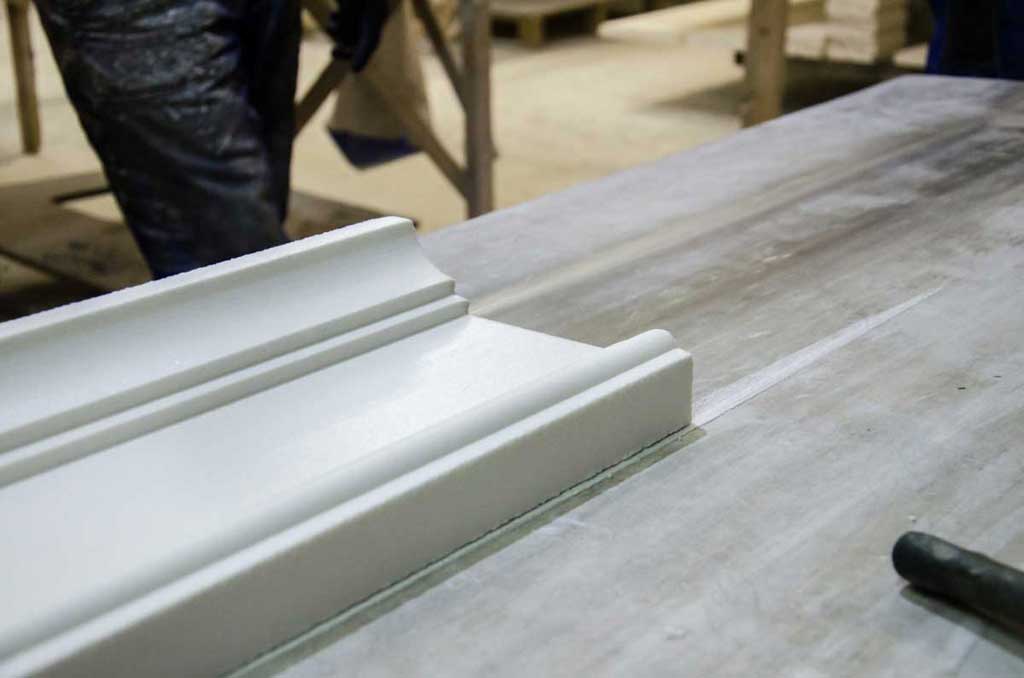
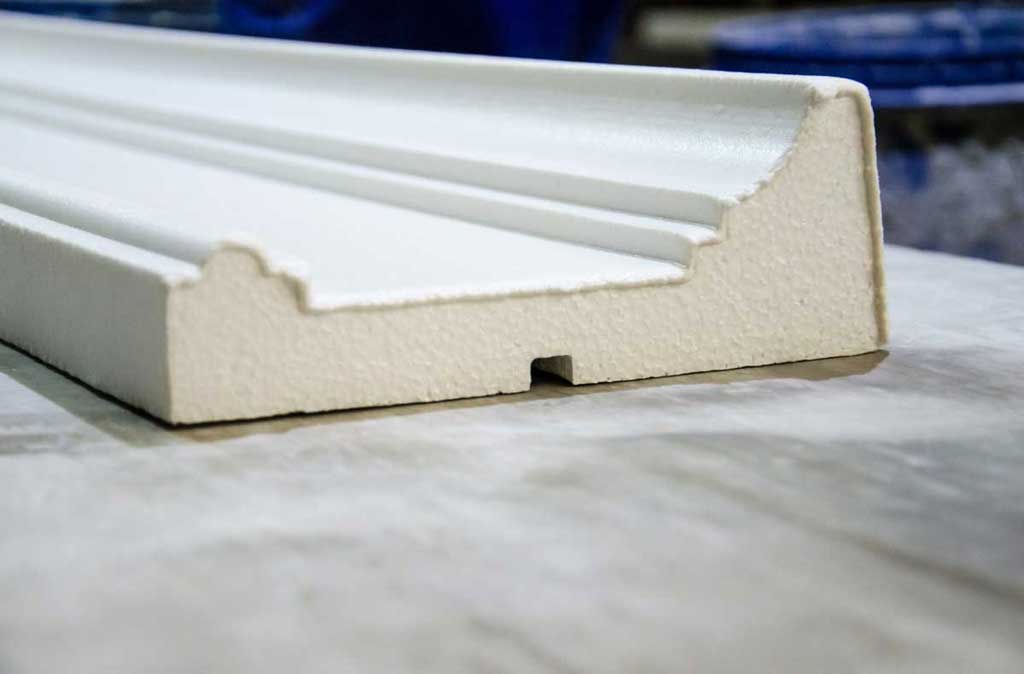
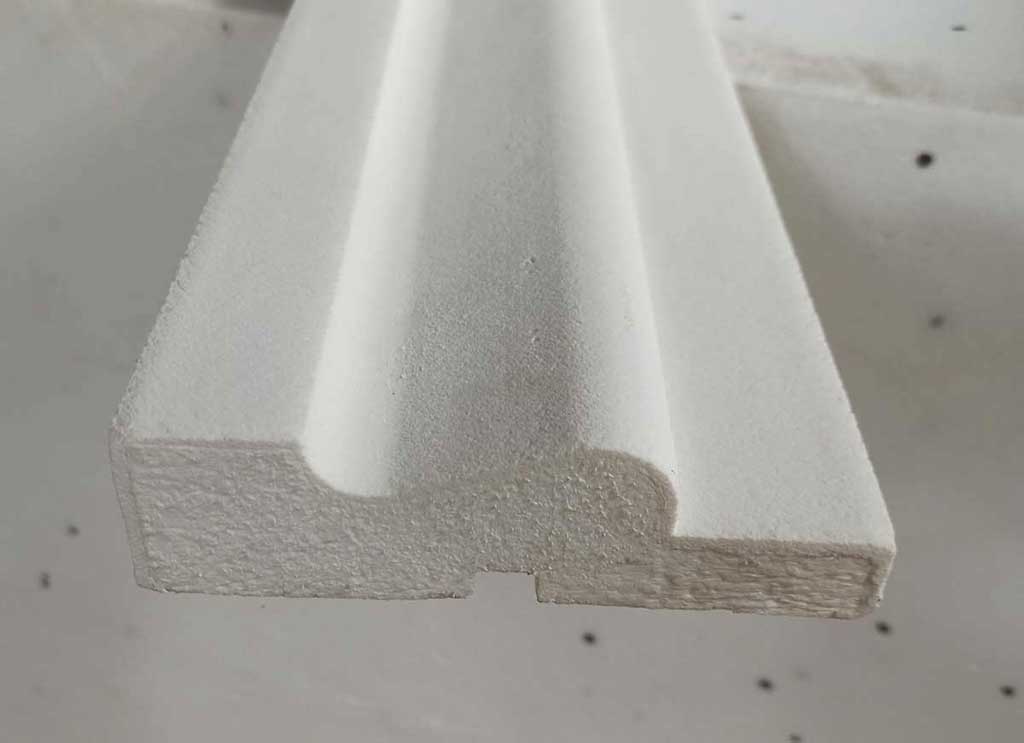
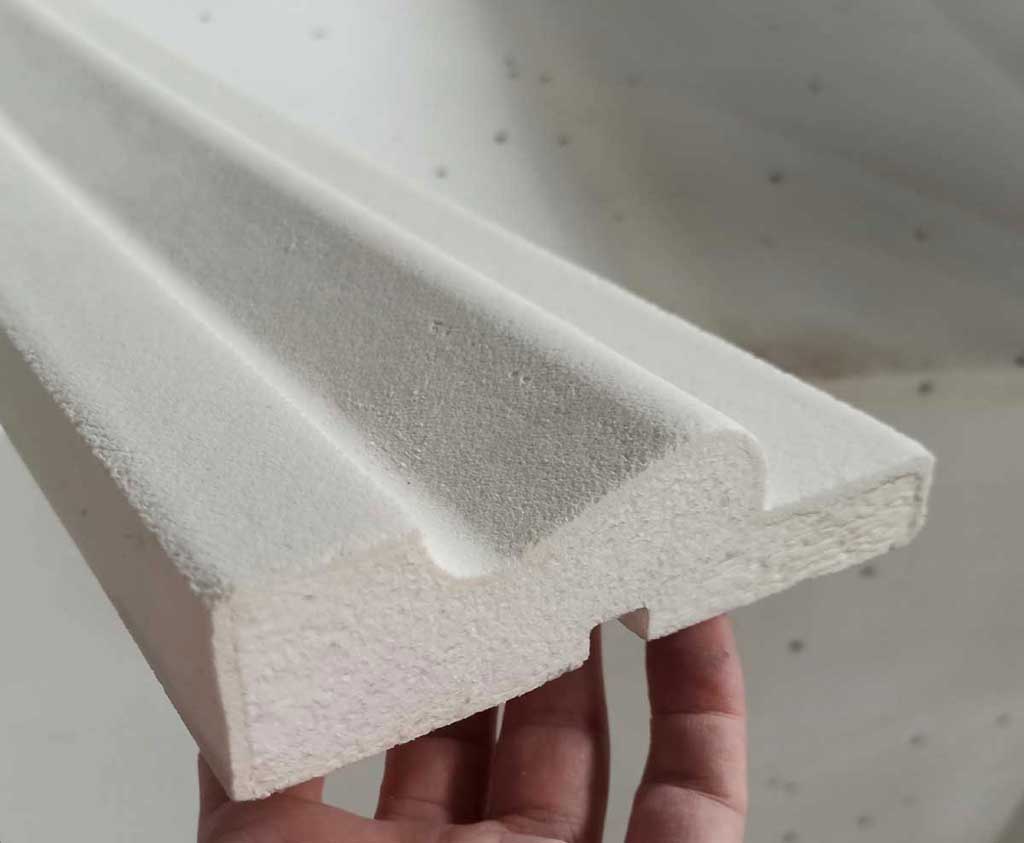
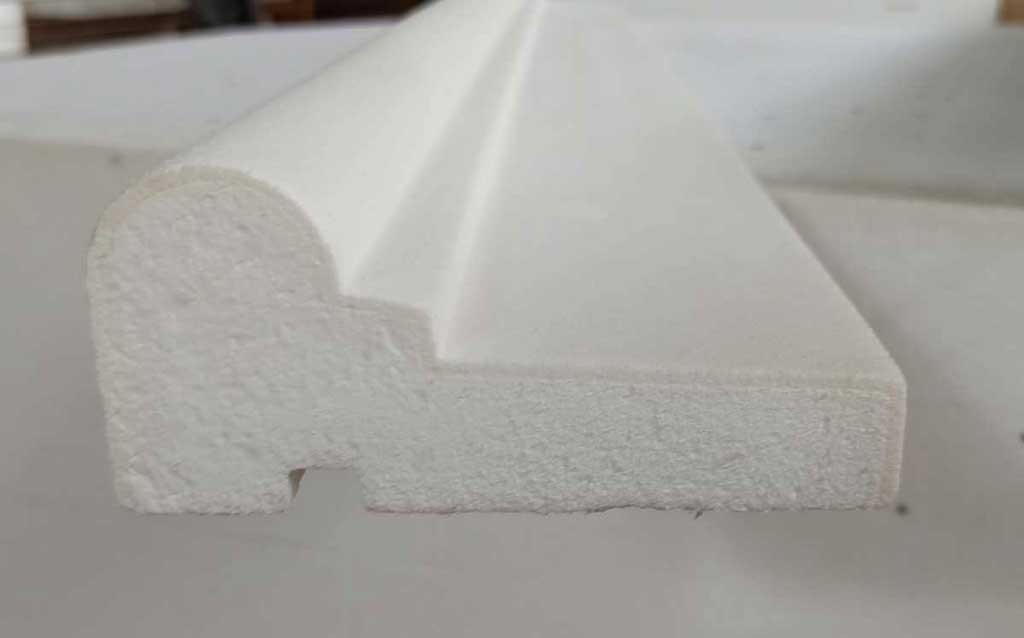
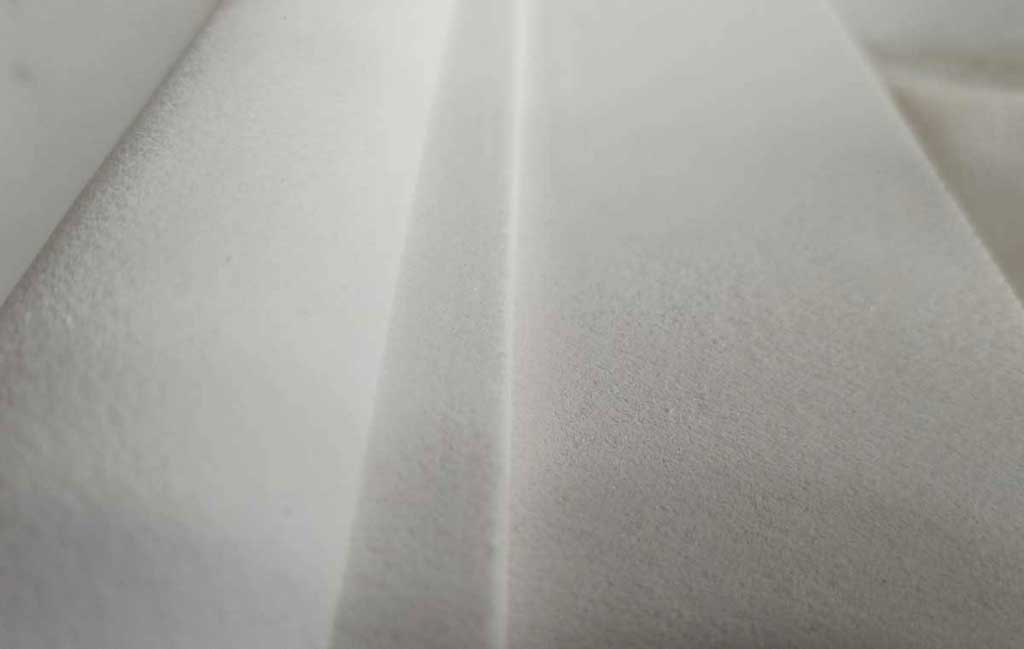
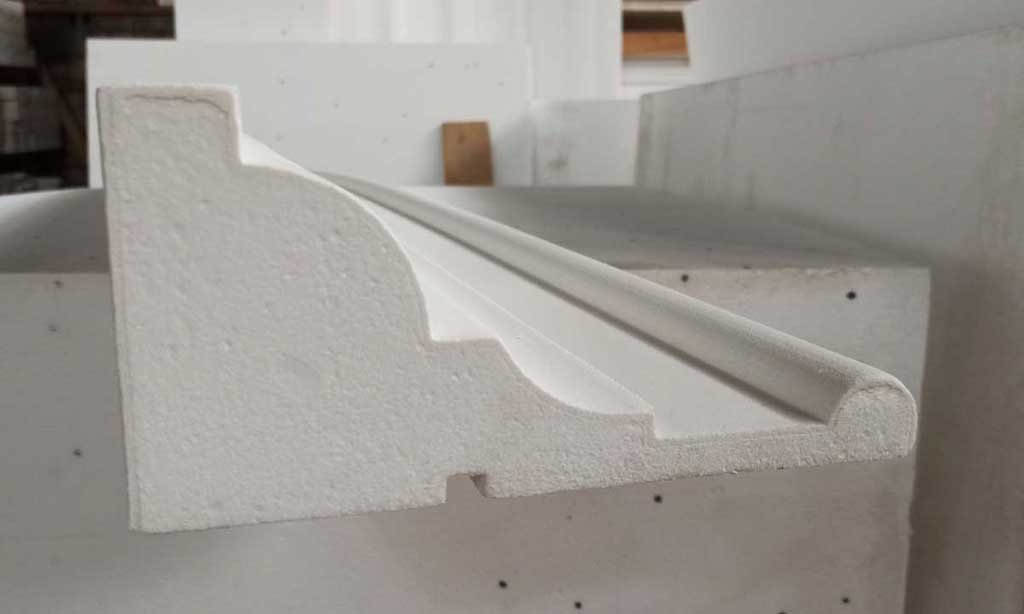
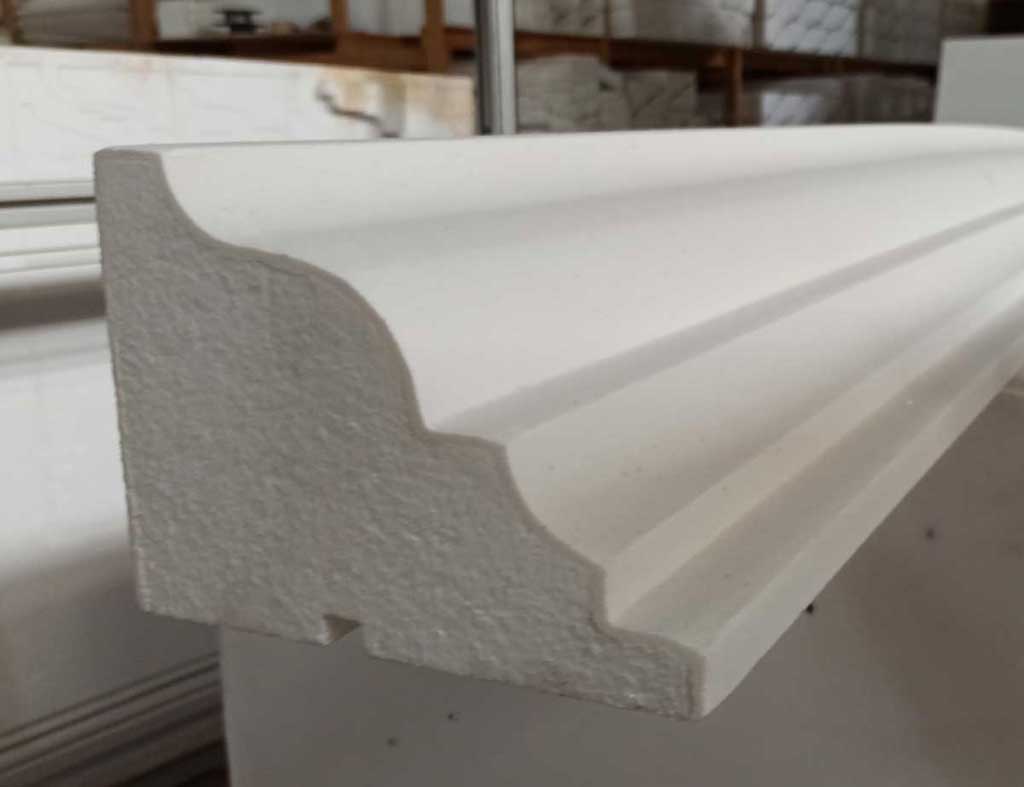
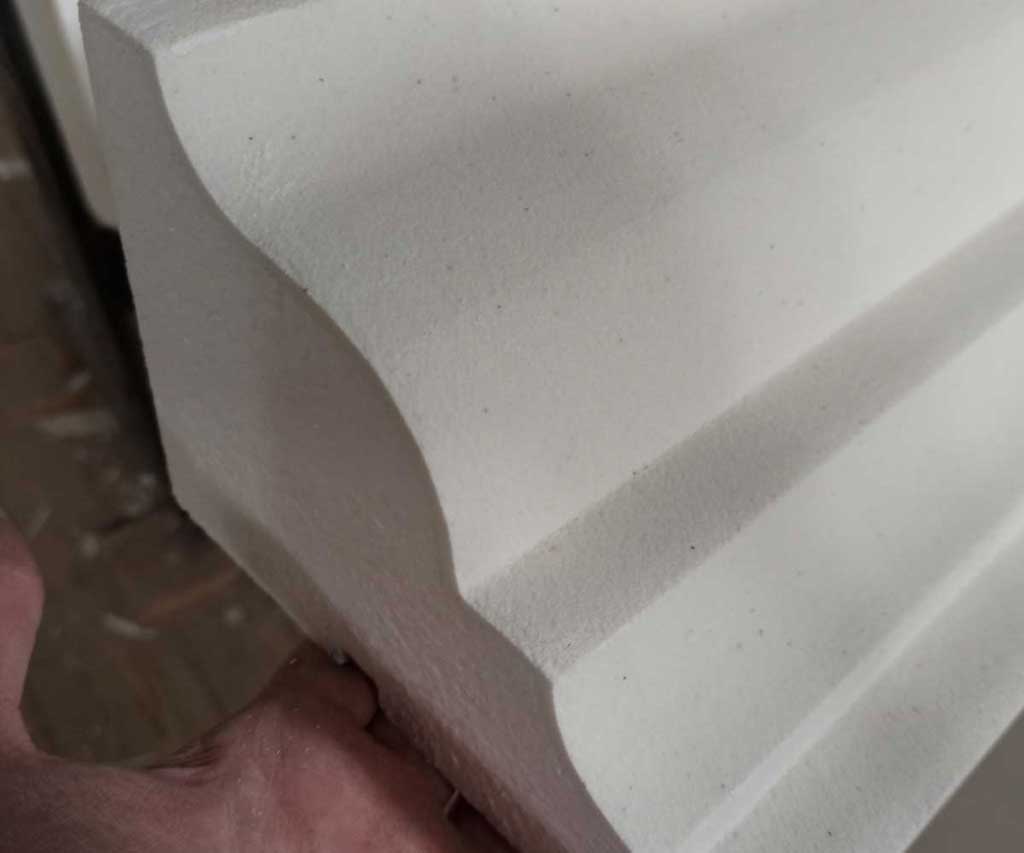
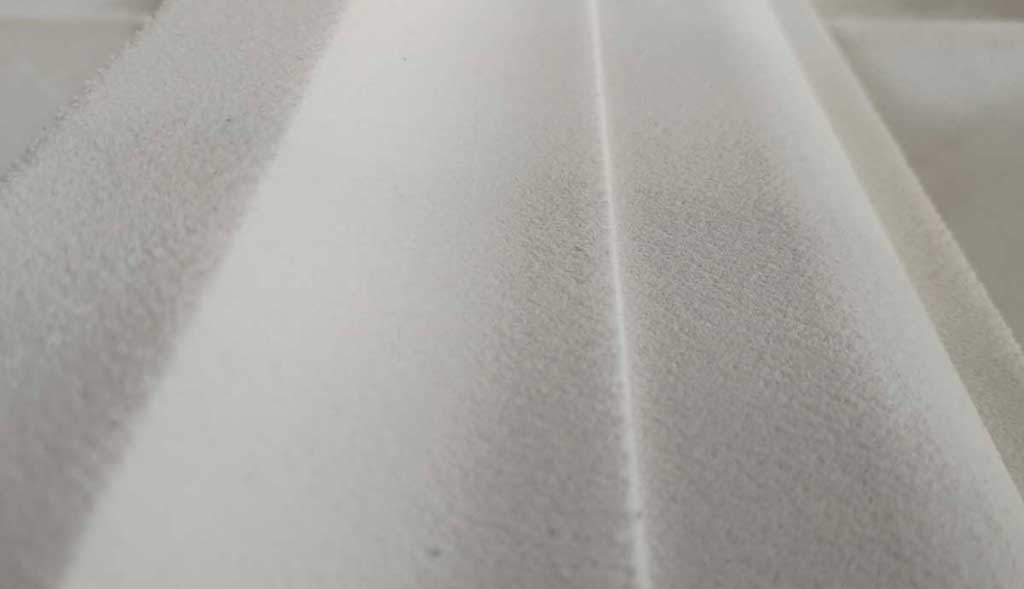
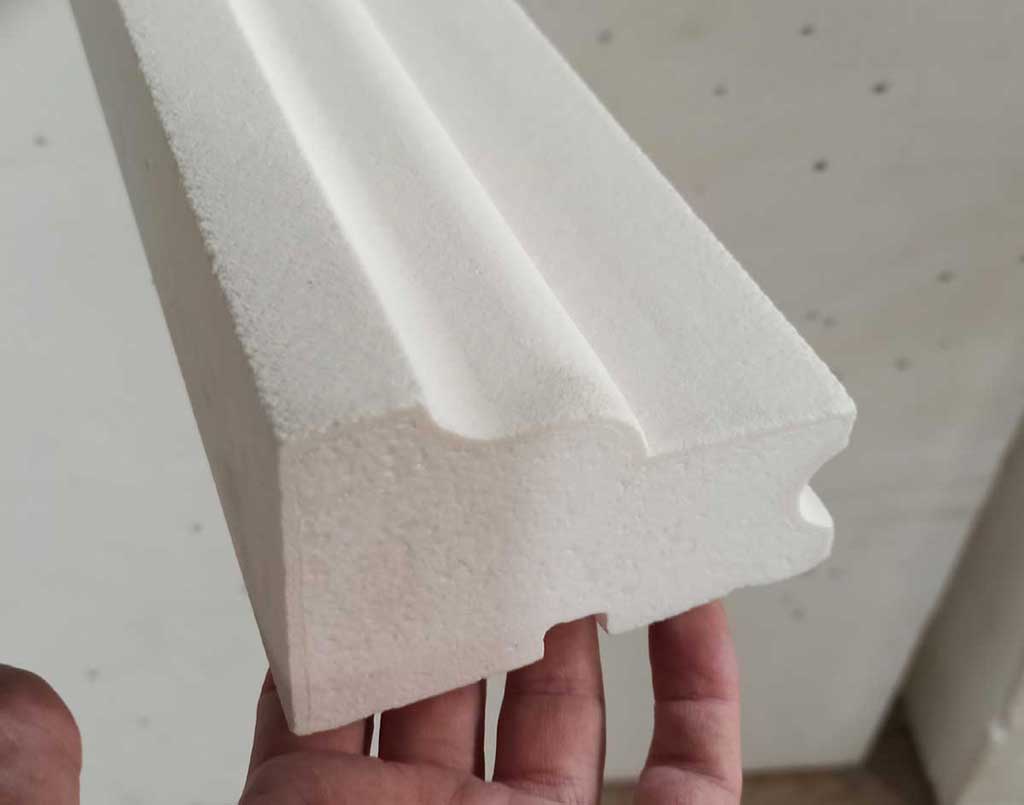
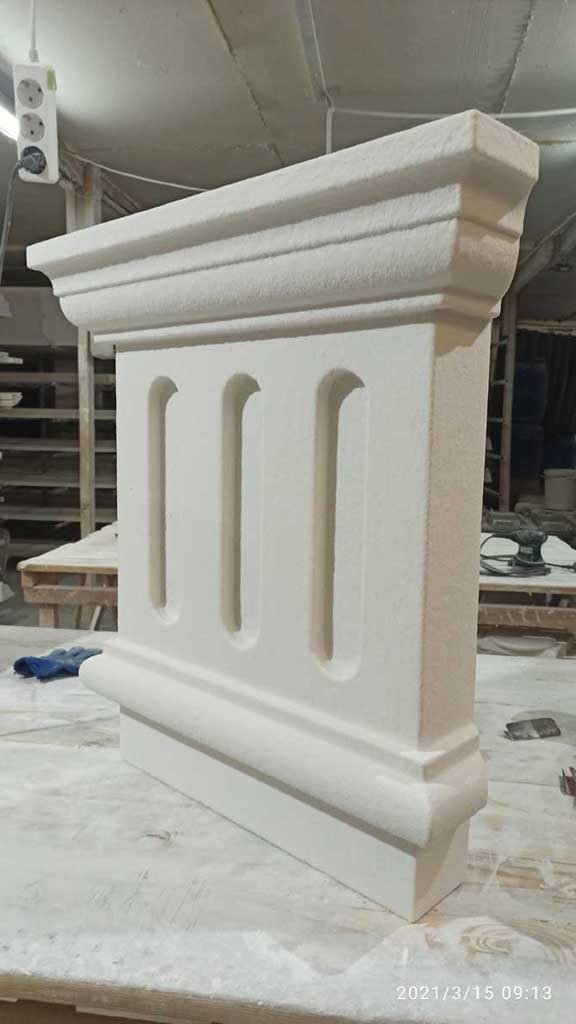
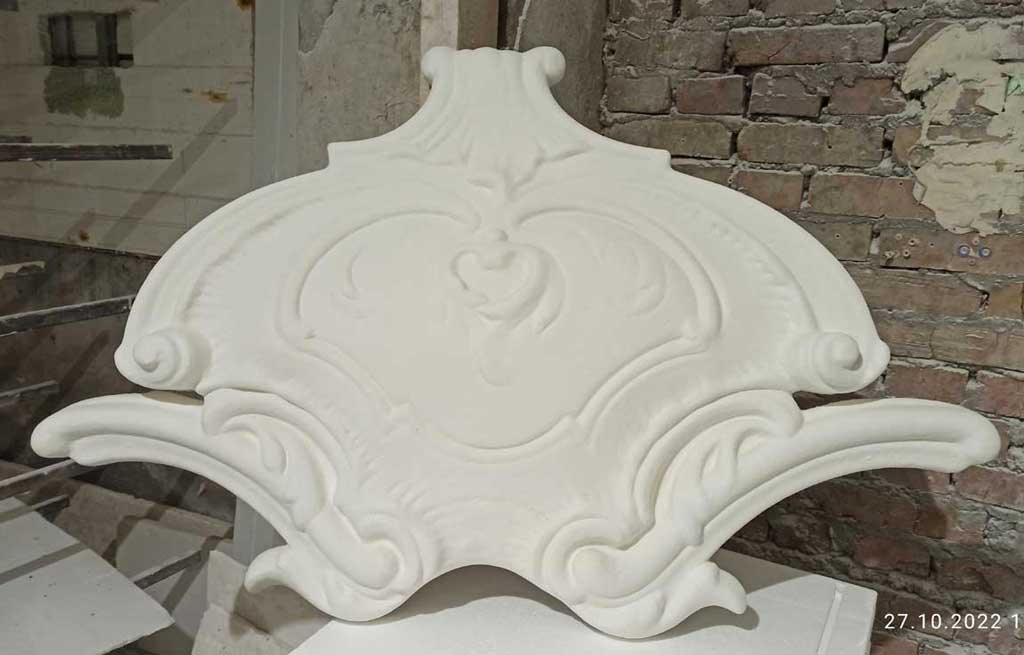

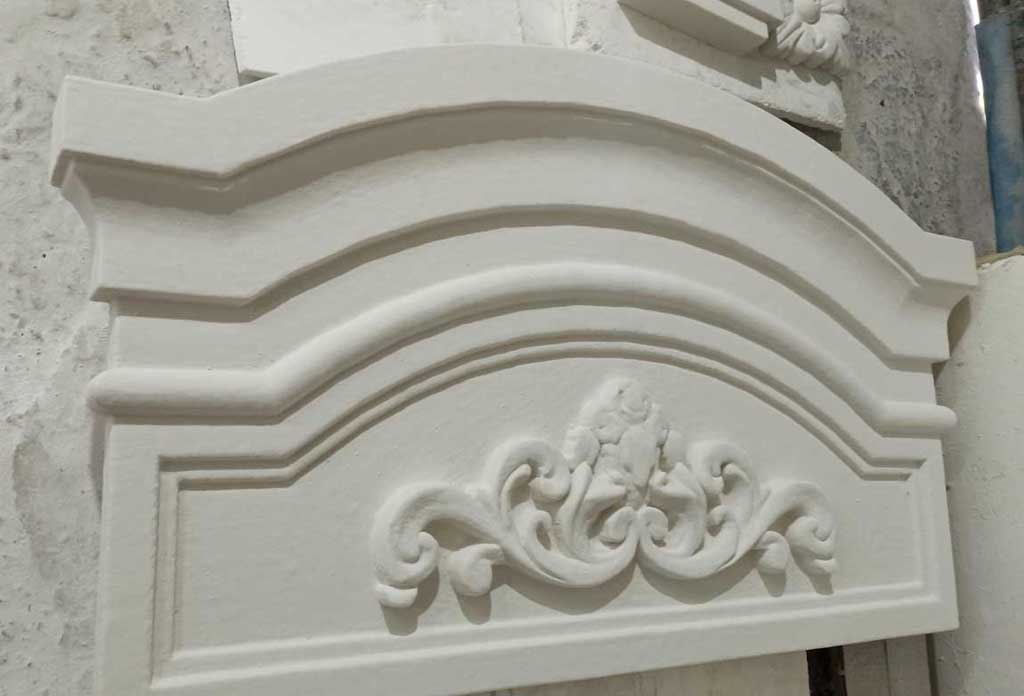

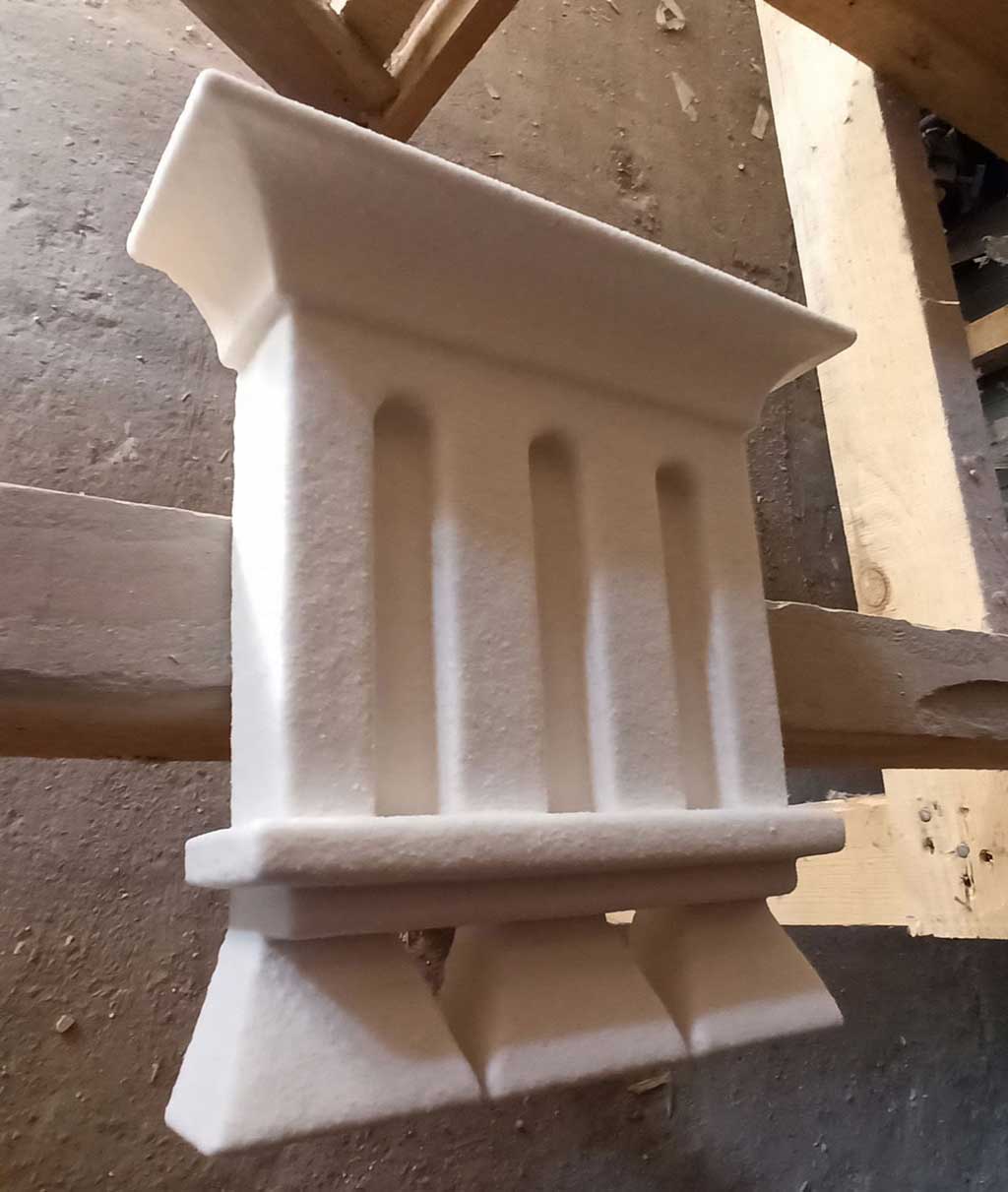
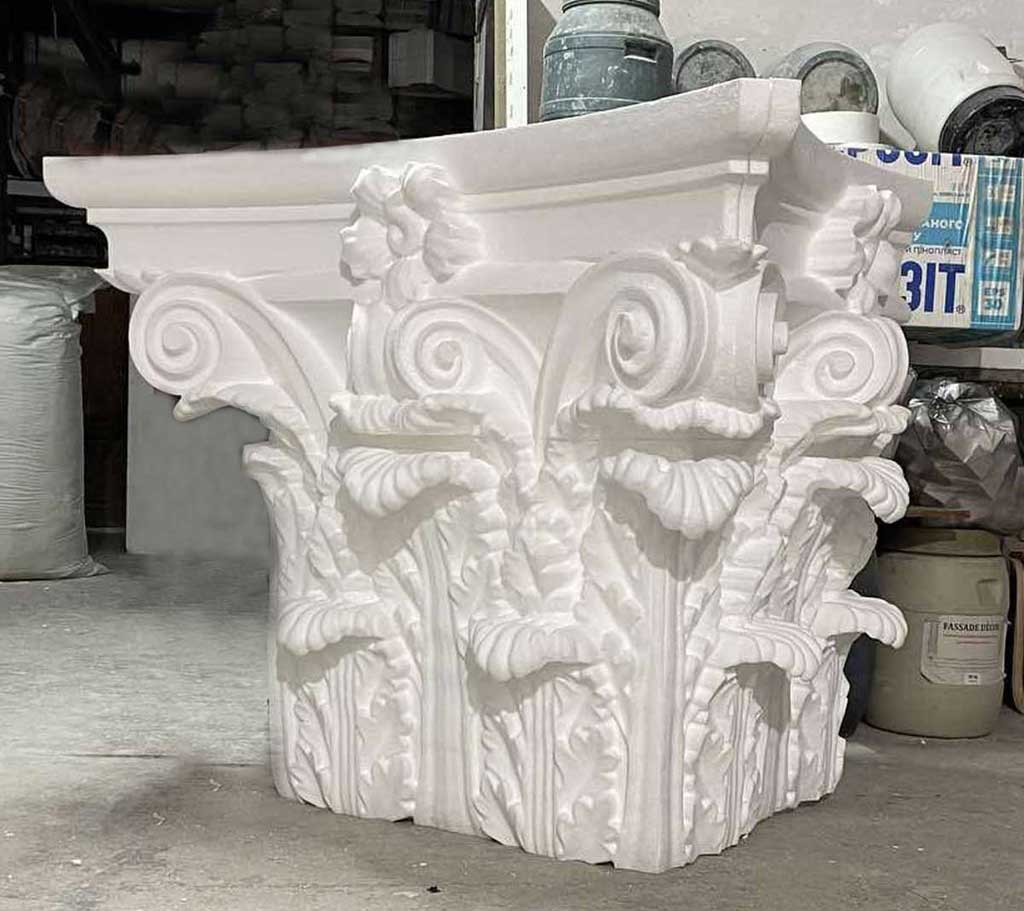
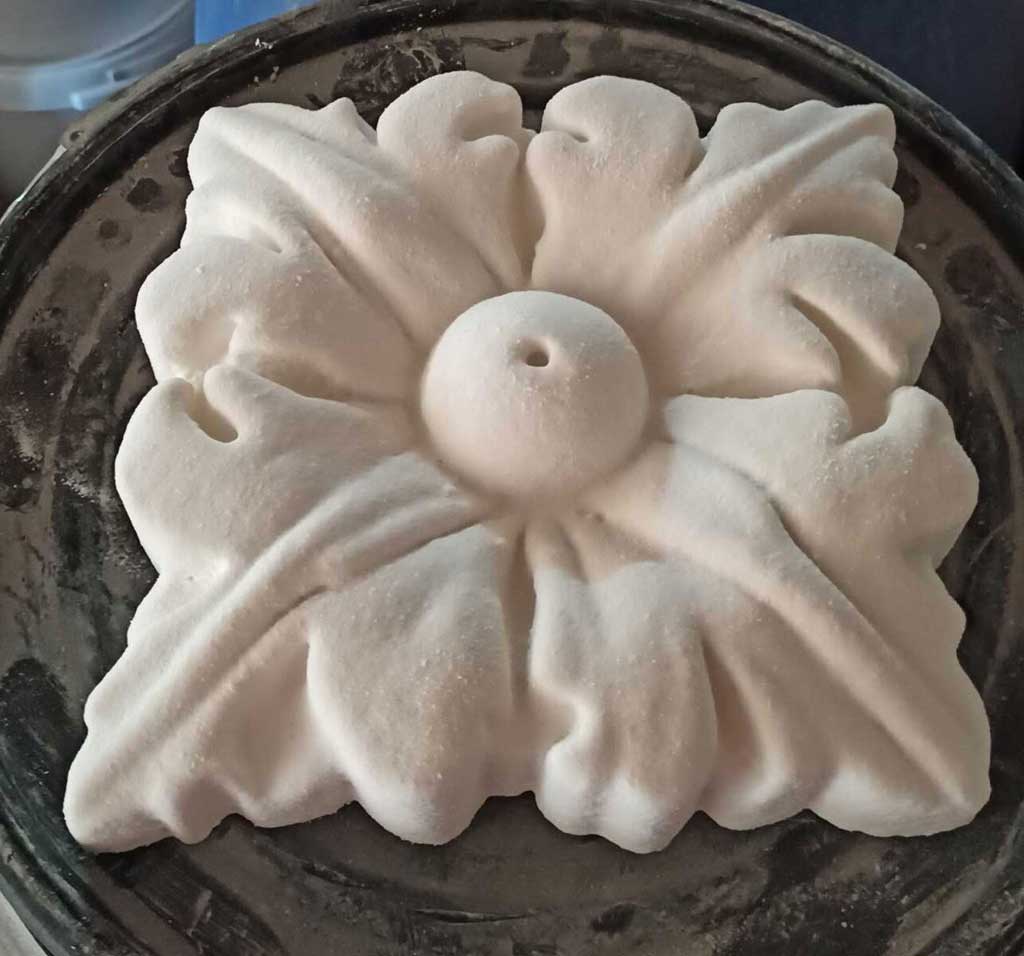
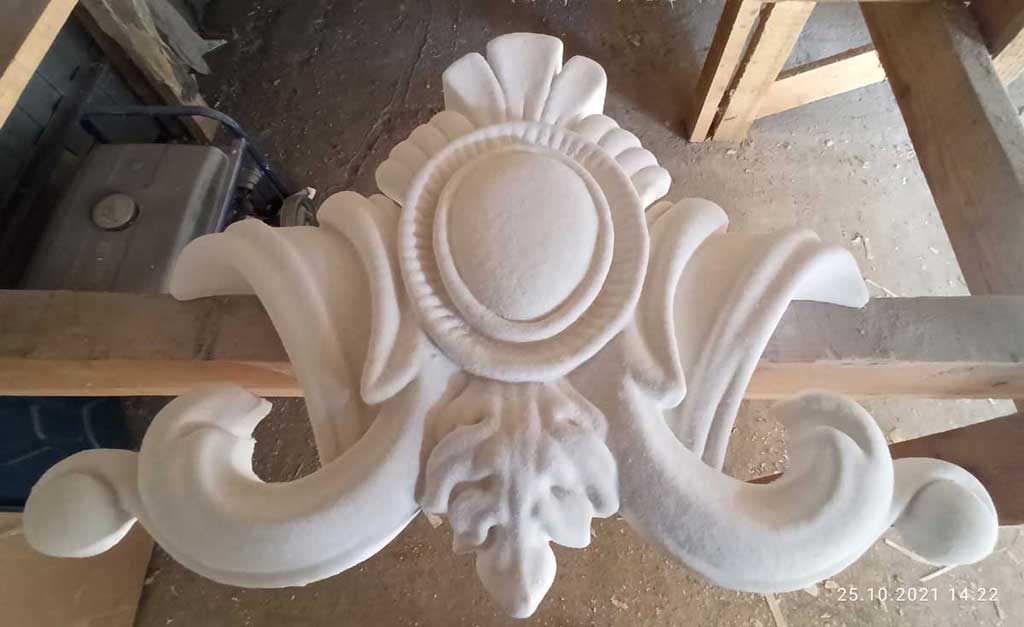

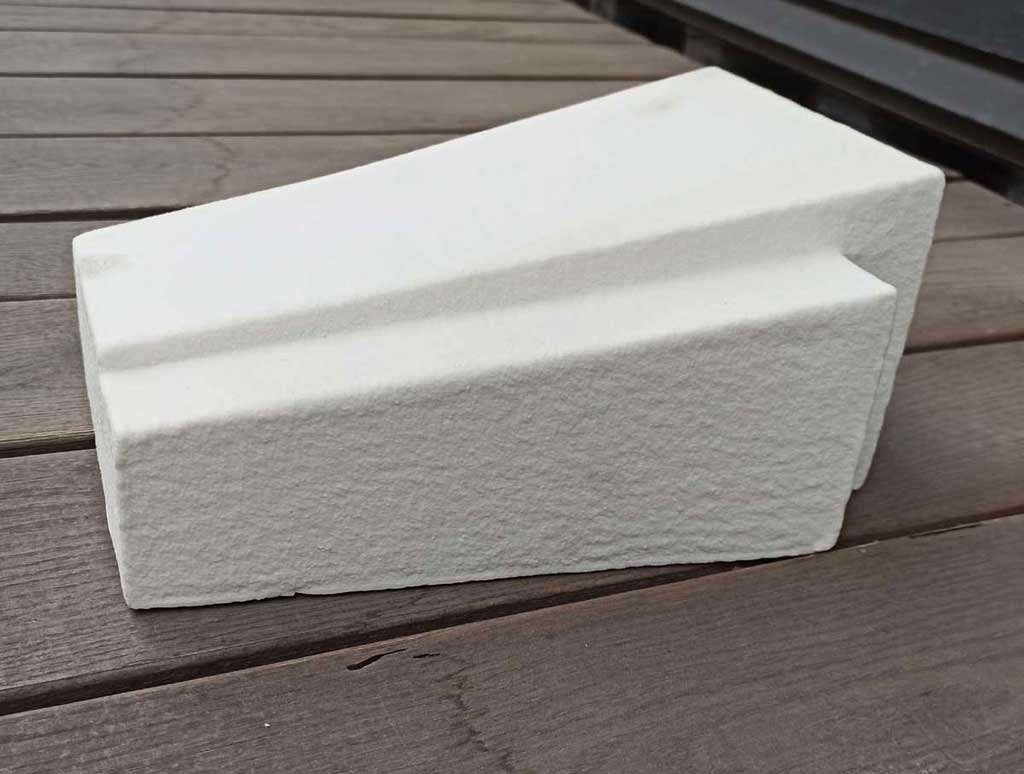
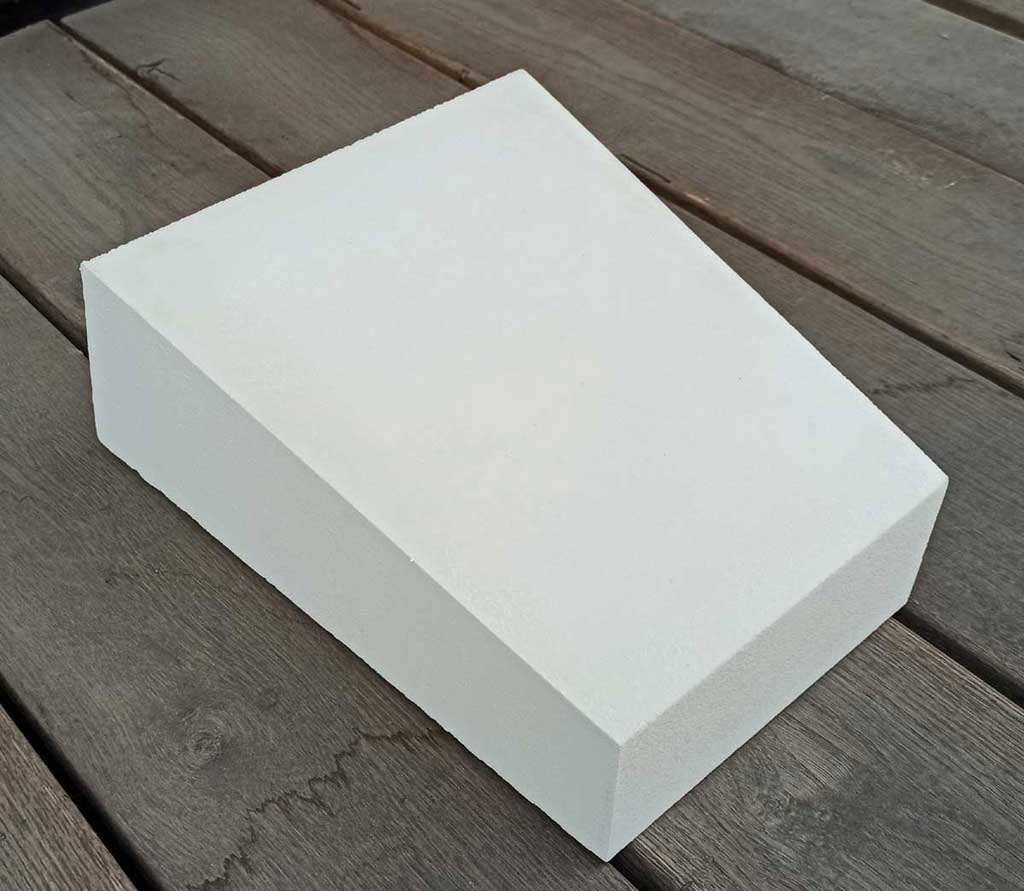
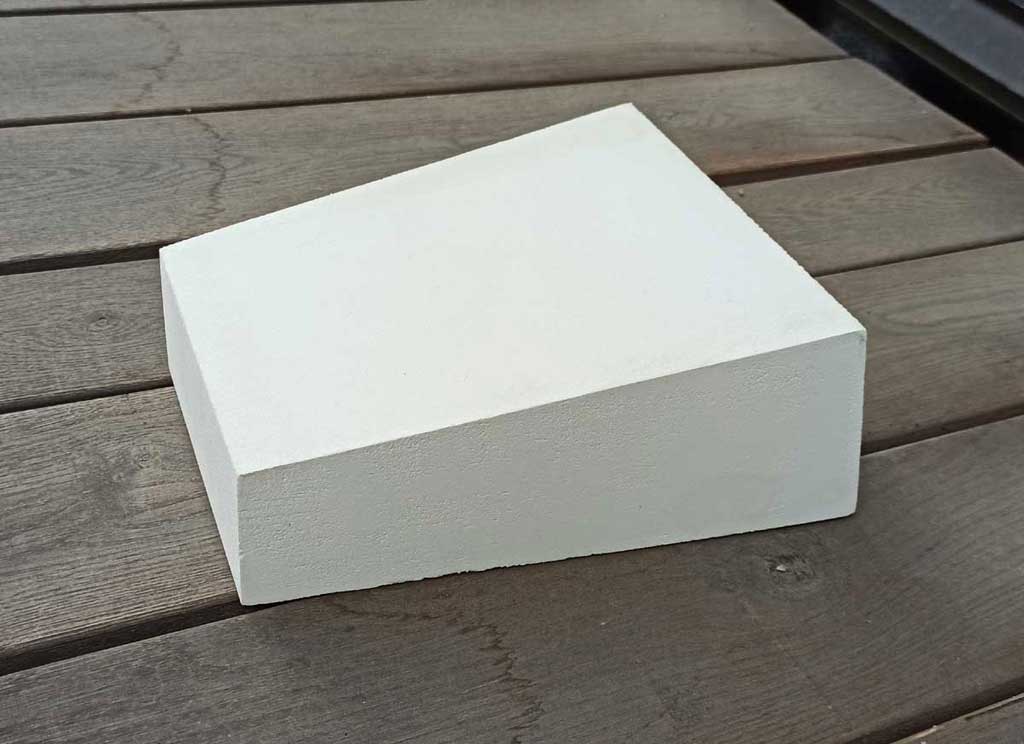
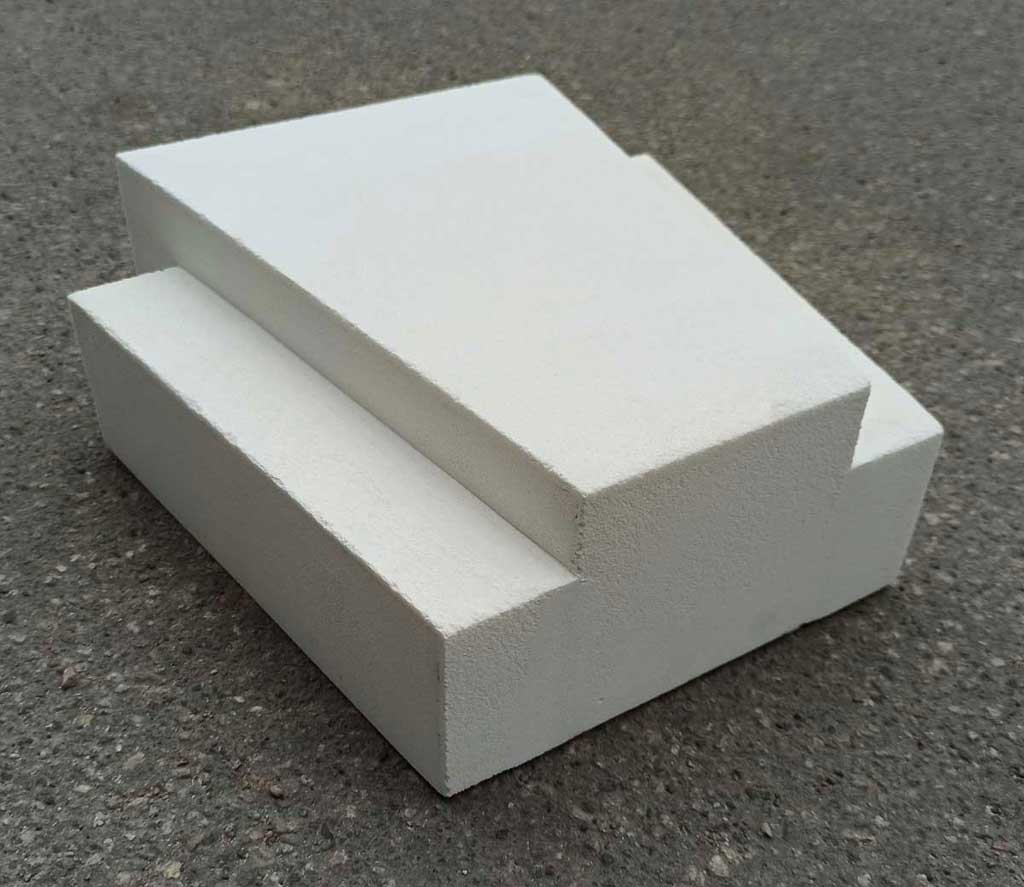
What are Decorative Foam Exterior Cornices and Their Benefits?
Exterior cornices are an attractive way to add some extra style and curb appeal to a building. Cornices are decorative components that attach at the top of a wall or between two walls, providing support while also giving the structure an attractive look. Decorative foam exterior cornices offer superior wall cornice designs and styling that is easily customizable. This high-quality production process ensures that their foam matches perfectly with a home’s color scheme and provides long-lasting durability. By investing in decorative foam exterior cornices, homeowners can truly enhance their home’s appearance.
What is a Roof Cornice and How Does it Impact the Aesthetic of a Home?
A roof cornice is an architectural element that can add depth and texture to the exterior of a home. It consists of horizontal moldings near the base of a roof that gives the house a finished look. Not only does it impact the aesthetic appeal of a home, but it also serves practical purposes such as controlling water runoff and minimizing harsh sunlight hitting windows. With many different roof cornices designs to choose from, this exterior element can be used to transform any home into an eye-catching abode.
Types of Roof Cornice and Popular Materials for Designing Them
Roof cornices can transform any dull exterior into an attractive one. Cornice moldings are used to cover the corner of your building, gable cornices are used to frame its entire surface, and fascia boards are integrated board that runs along the small sections of the roof. These features can be made in different materials like wood, PVC, and plastic laminates for more extensive visualization. Wooden molding is a popular choice for forming them as it provides more design flexibility, better color selection, and a more natural feeling than other materials. In this guide, we’ll be taking a look at the different types of Roof cornices and understanding how popular materials such as wood molding can help you design them better!
How to Choose the Best Roof Cornices for Different Kinds of Homes
If you’re looking for the perfect roof for your house, chances are you already know about cornice roofing. Cornices are a great way to add visual appeal to any home, whether it be classic or modern. However, with so many styles and materials out there to choose from, knowing which one is right for your house can seem like a daunting task. In this article, we’ll discuss the different types of roofing styles and materials available at your disposal and provide an in-depth guide on how to choose the best roof cornices for different kinds of homes. By arming yourself with the knowledge you need beforehand, you can make sure that you make a more informed decision when it comes time to pick out the best roof for your home!
Exploring Traditional and Modern Roof Cornice Styles
Traditional and modern roof cornices are some of the most important exterior design elements of any building. Before construction or renovation, a detailed study of these decorative systems is essential. Without such knowledge of the traditional and modern options, a contemporary exterior design will not be able to come to life.
The classical and ornate looks given by traditional roof cornices effectively combine structural strength with aesthetic sense in a unified design concept. On the other hand, modern roof cornices move away from this as they emphasize sleek lines and minimal use of architectural components.
Creative Roof Cornice Design Ideas for Maximum Impact
Have you ever thought of bringing a unique architectural element to your home? A roof cornice design can be the answer. It can create an attractive, pleasing look for the front of your home and add an eye-catching focal point for the rest of the house decoration.
Roof cornices come in a variety of styles, materials, and shapes. From modern designs to classic-style ceilings, there is endless potential when it comes to these creative roof cornice design ideas. They can also be used as unique architectural elements that contribute to a house’s overall aesthetics while creating additional insulation and light control in desired spaces.
Explore all the possibilities with our innovative and creative roof cornice design ideas to bring maximum impact to your home.

